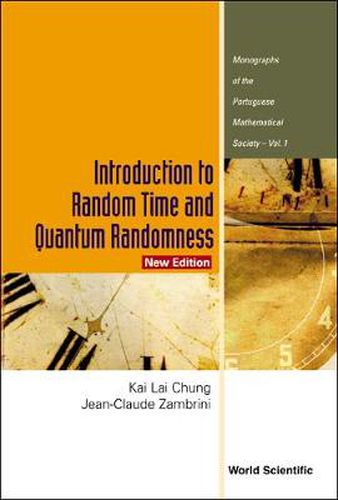Readings Newsletter
Become a Readings Member to make your shopping experience even easier.
Sign in or sign up for free!
You’re not far away from qualifying for FREE standard shipping within Australia
You’ve qualified for FREE standard shipping within Australia
The cart is loading…






This work is made up of two essays on the role of time in probability and quantum physics. In the first one, K.L. Chung explains why, in his view, probability theory starts where random time appears. This idea is illustrated in various probability schemes and the deep impact of those random times on the theory of the stochastic process is shown. In the second essay J.-C. Zambrini shows why quantum physics is not a regular probabilistic theory, but also why stochastic analysis provides tools for analyzing further the meaning of Feynman’s path integral approach and a number of foundational issues of quantum physics far beyond what is generally considered. The role of the time parameter, in this theory, is critically re-examined and a fresh way to approach the long-standing problem of the quantum time observable is suggested.
$9.00 standard shipping within Australia
FREE standard shipping within Australia for orders over $100.00
Express & International shipping calculated at checkout
This work is made up of two essays on the role of time in probability and quantum physics. In the first one, K.L. Chung explains why, in his view, probability theory starts where random time appears. This idea is illustrated in various probability schemes and the deep impact of those random times on the theory of the stochastic process is shown. In the second essay J.-C. Zambrini shows why quantum physics is not a regular probabilistic theory, but also why stochastic analysis provides tools for analyzing further the meaning of Feynman’s path integral approach and a number of foundational issues of quantum physics far beyond what is generally considered. The role of the time parameter, in this theory, is critically re-examined and a fresh way to approach the long-standing problem of the quantum time observable is suggested.